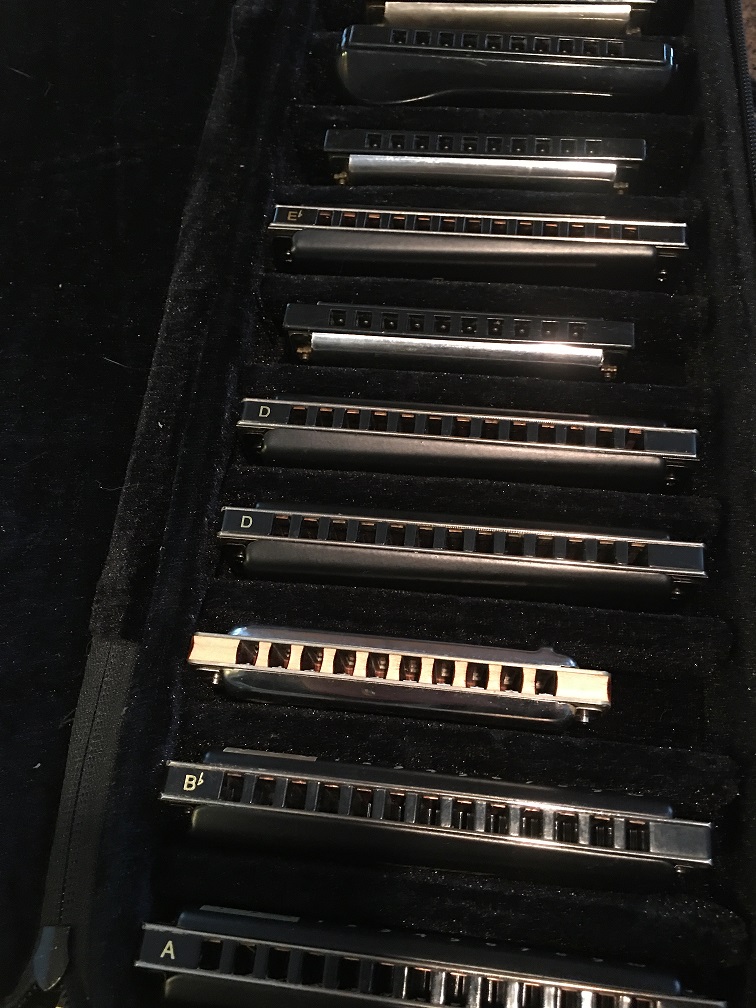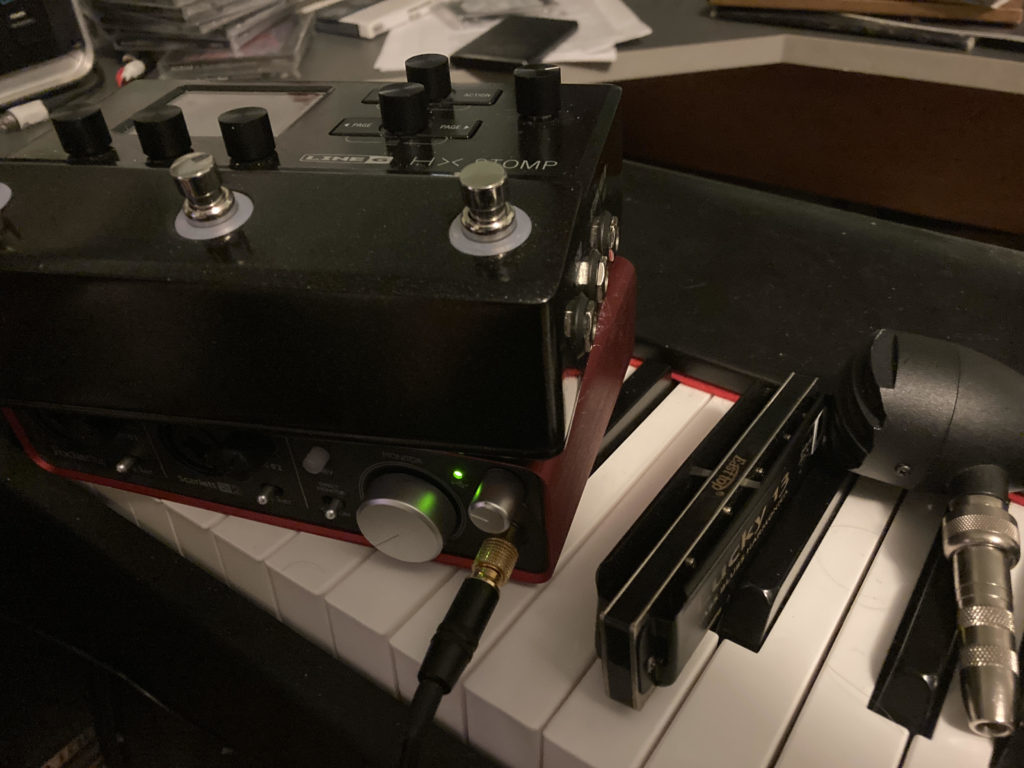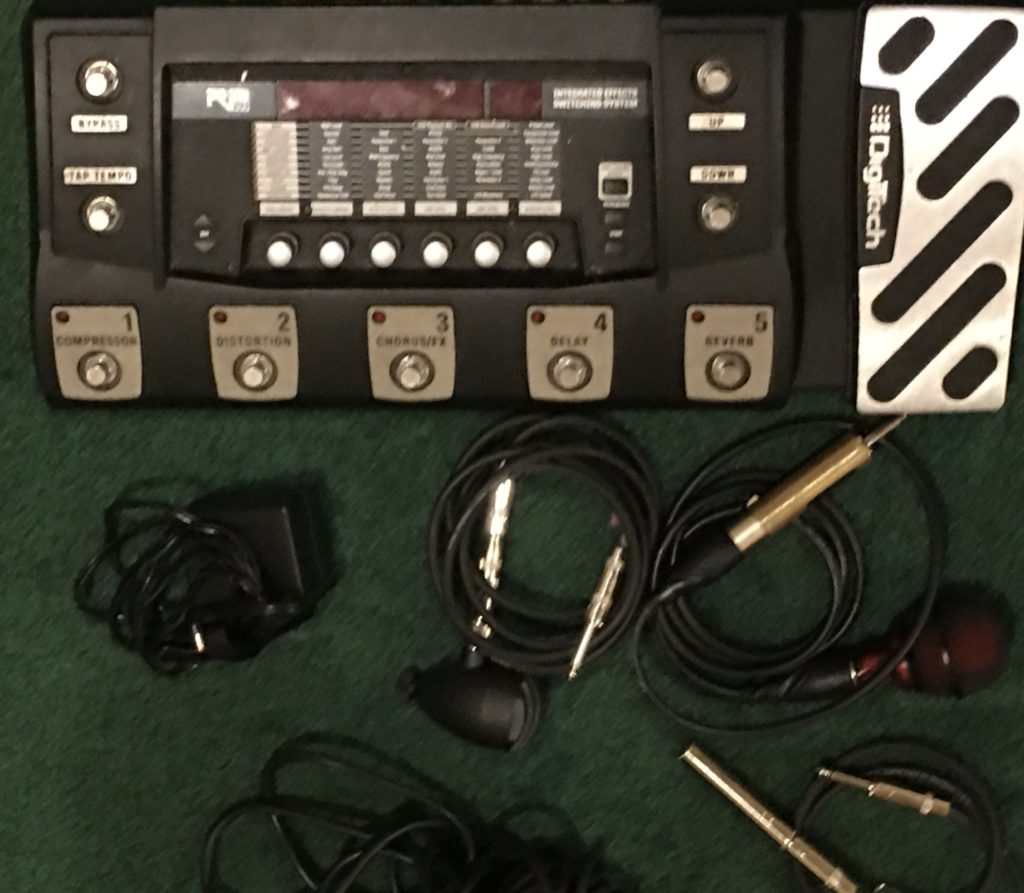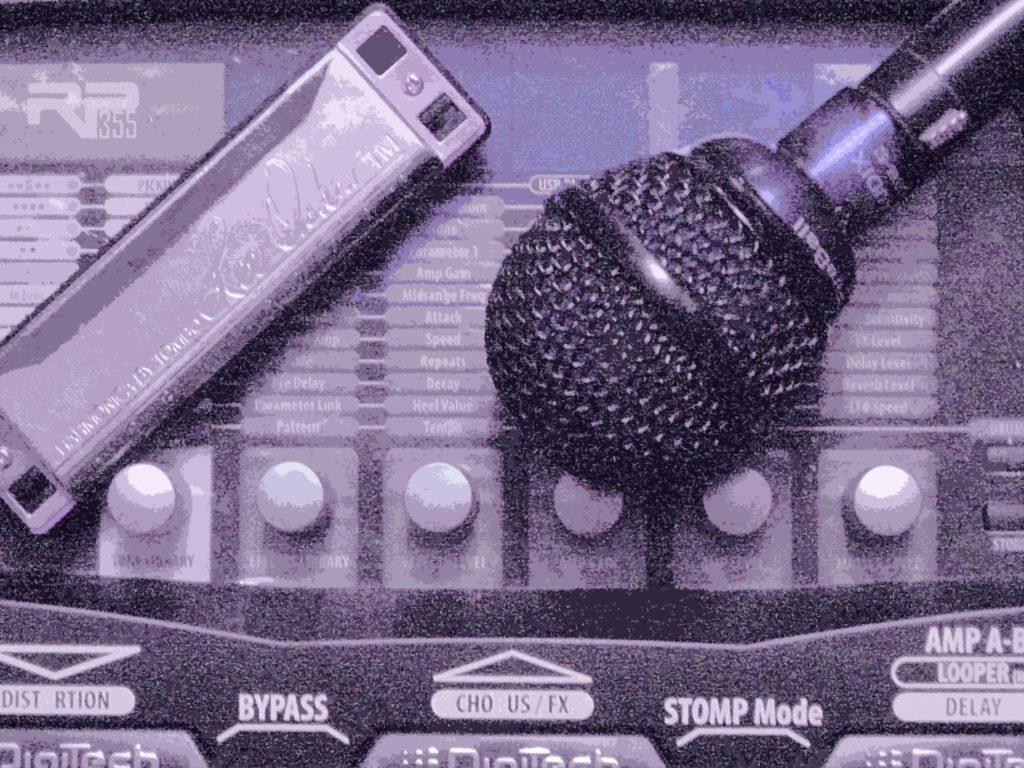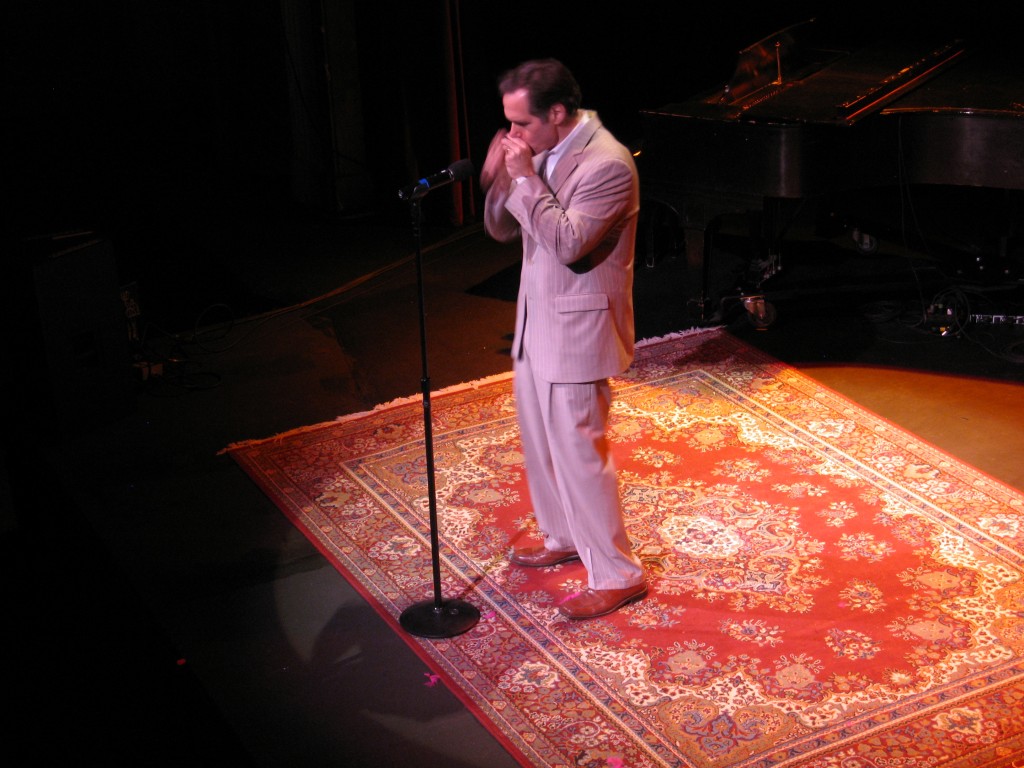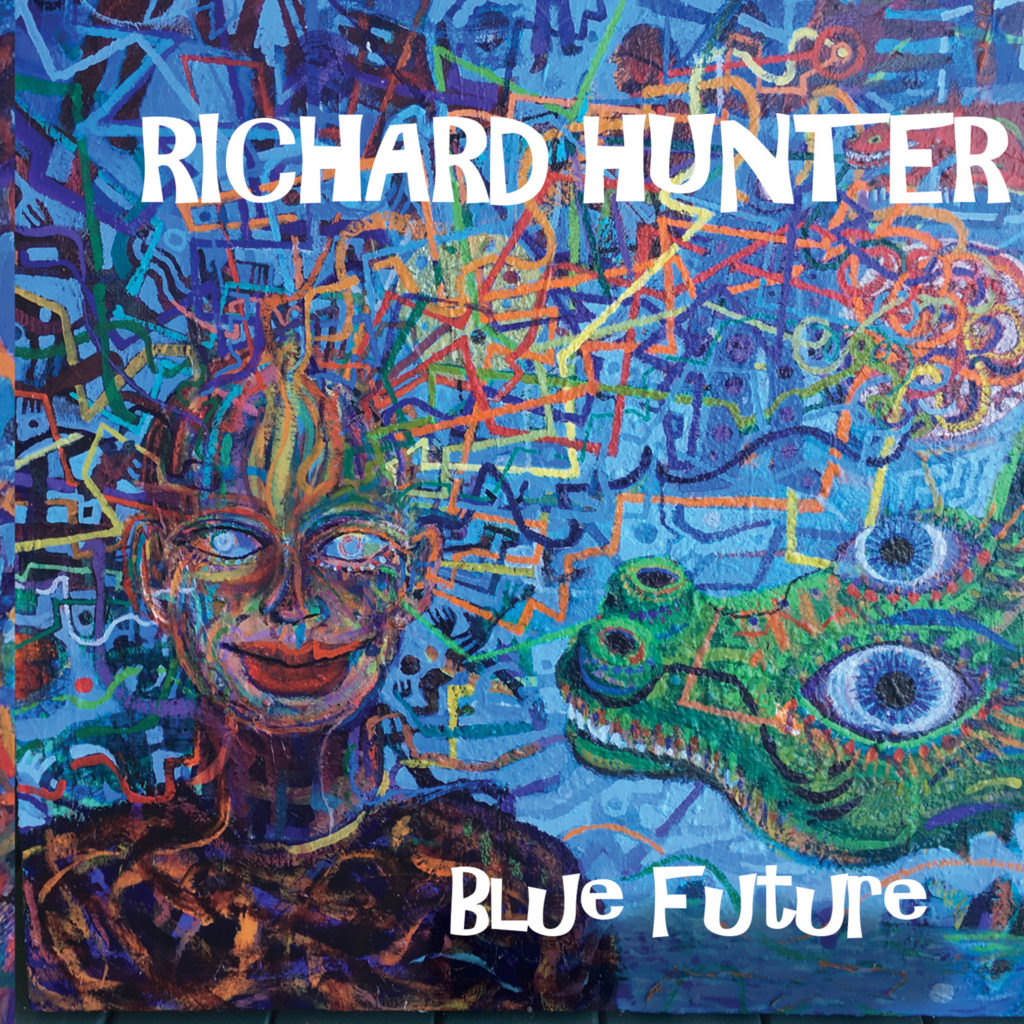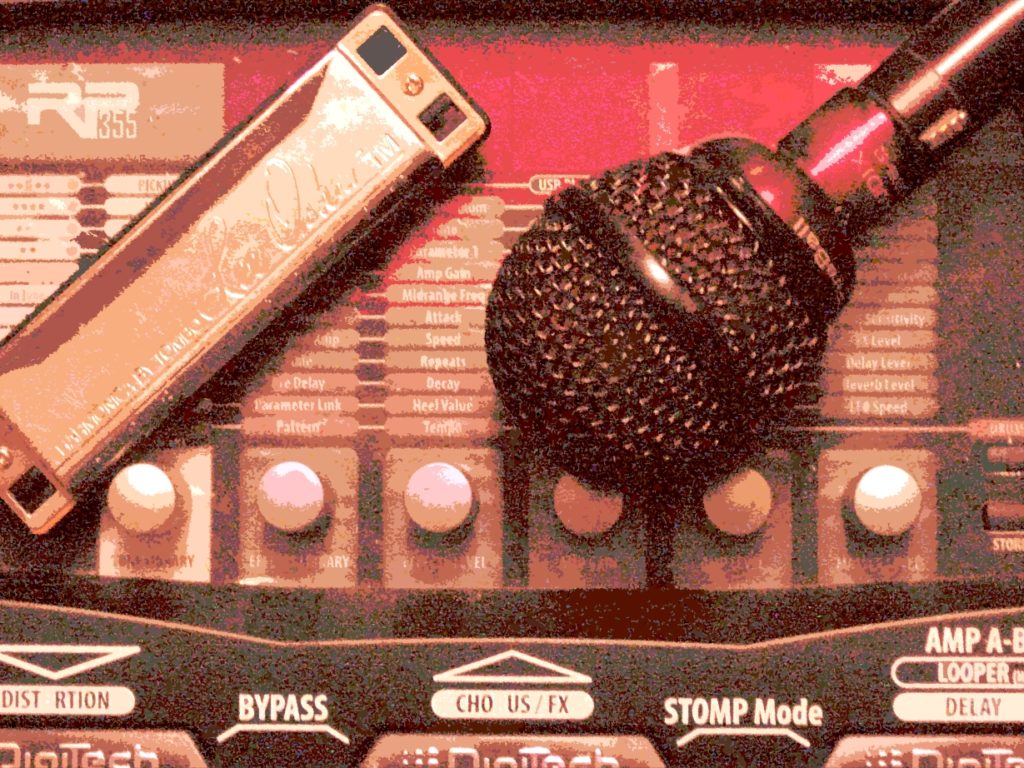Don’t blow so f—in’ hard!
The people who blow their harps out frequently don’t like to be told that the reason their harps fail is that they’re playing too hard. But that’s the only reason why anyone burns through a lot of harps. The ONLY reason. So if you’re burning…
Blog, Player's Resources, Pro Tips & Techniques
0
“Cruisin’ (Sunset Sam)” LIVE
My arrangement of Michael Nesmith's classic "Cruisin'". Live vocals and harmonica. Tech stuff: Seydel Lightning C harp in 2nd position (G); Bulletini mic; Line 6 HX stomp running a Fender Princeton amp model with a low octave and bubble vibrato. Pretty big sound. Dig. If...
“It Takes a Lot to Laugh, It Takes a Train to Cry” Live
My performance of Bob Dylan's song. As Jimi Hendrix said while playing "Like a Rolling Stone" at Monterey, "Yeah, I messed up the lyrics. So what?" Lead harp recorded with a Suzuki Manji harmonica in G, played in 2nd position through a Bulletini mic into...
“Why Should I Make History” LIVE
The rhythm section for this version of my song "Why Should I Make History" was recorded with a Philadelphia-based rhythm section in 2017. The version heard here is designed for on stage performance. Here I'm singing lead and playing a Hohner Crossover harmonica in C...
50 Grand live!
Live harmonica and vocal on this performance of my rhumba blues "50 Grand". I'm playing a Kongsheng Soloist in Bb through a Bulletini mic into a Line 6 HX Stomp running a Supro amp model with delay and reverb. The backing tracks was recorded for...
“Lightnin Bounce” live
Live harmonica with prerecorded backing tracks for my piece "Lightnin Bounce". The harmonica is a Marine Band Deluxe in A, Country tuning, played in 2nd position into a Bulletini mic and a Line 6 HX Stomp running a Bassman amp model with delay and spring...
“On the Road Again” live
Live vocal and harmonica with prerecorded backing tracks for the Canned Heat song "On the Road Again". The harmonica is a Seydel Session Steel in C, 2nd position Dorian tuning, into a Bulletini mic and a signal chain that include delay, reverb, and a Lone...
“Disconnected Blues” live
Live vocal and harmonica with prerecorded backing tracks for my song "Disconnected Blues". The first harmonica choruses are played in 2nd position on a Seydel Lightning in A, which transitions to 3rd position on a Seydel 1847 Classic in D. Bulletini mic and Line 6...
“Tales of Brave Ulysses” live
My arrangement of Cream's "Tales of Brave Ulysses", played live. Suzuki Manji harmonica in D 2nd position Dorian tuning, Audix Fireball V mic, Digitech RP500 running a Twin Reverb amp model with Digitech's vobropan effect. Dig. If you liked that stuff, you're gonna like this...
“Blue Future” live
My piece "blue Future", played live with backing track. Seydel 1847 Noble harmonica in D, Bulletini mic, Line 6 HX Stomp running a Supro amp model with delay and reverb. Enjoy. If you liked that stuff, you're gonna like this stuff: the rock harmonica masterpiece...
WHAT’S NEW
Categories
- Audio/Video
- Blog
- Blue Future
- Digitech RP Tricks and Tips
- Discography, CDs, Projects, Info, Notes
- Featured Video
- For the Beginner
- Gallery
- Hunter's Effects
- Hunter's Music
- Huntersounds for Fender Mustang
- Meet the Pros
- More Video
- MPH: Maw/Preston/Hunter
- My Three Big Contributions
- Player's Resources
- Pro Tips & Techniques
- Recommended Artists & Recordings
- Recommended Gear
- Recorded Performances
- Reviews, Interviews, Testimonials
- The Lucky One
- Uncategorized
- Upcoming Performances
- Zoom G3 Tips and Tricks
